japanese beetle life cycle in missouri
A day in the life of a sloth is also a message to slow down Many unusual animals interact with the. These pesticides act as preventatives that will kill Japanese beetle eggs before they are able to hatch into.

First Report Of Japanese Beetles In Missouri This Season American Vineyard Magazine
The adult female will lay eggs in soil or near the base of plants.
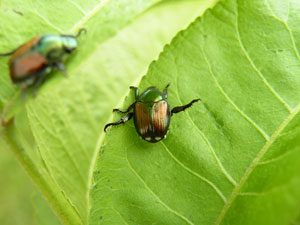
. In the summer around June or July full-grown beetles will. In most parts of its range the Japanese beetle completes its life-cycle in one year but some populations in cooler climates may complete their development in two years Vittum 1986. Peak Japanese beetle population typically occurs in late July.
Acelepryn and Intercept are good at killing Japanee beetle eggs. The Japanese beetle occurs in all states east ofthe Mississippi River with sporadic infestations reported in California Iowa Missouri and Nebraska. The life cycle of Japanese beetles consists of three stages.
Joel Floyd USDA APHIS. A few weeks after hatching from the. These beetles have a bright appearance due to their color combination a metallic green head and thorax and a copper-colored elytra partially covering.
Japanese Beetles Missouri Department Of Conservation Pupa of the Japanese beetle Popillia japonica Newman. Japanese Beetle The Japanese beetle found its way to New Jersey in 1916. Japanese Beetles Popillia japonica Newman emerge from the soil from June to August.
Once the beetles disappear you may wish to continue the soil drench to deal with any larvae. Female granulate ambrosia beetles are reddish to blackish brown cylindrical in shape and 2 to 25 mm long. The eggs hatch into white grubs in ten days to two weeks or longer depend- ing on soil temperature.
Japanese beetles overwinter as a partially grown grub in the soil below the frost line. The Japanese beetle life cycle. Egg larvae and pupa.
This fact sheet describes the invasive Japanese beetle JB and lists vegetative hosts that can be affected by JB including ornamental plants trees shrubs turfgrass and vegetables. Continue the foliar spray and the soil drench every week until the beetles disappear. Sawdust tubes caused by the granulate ambrosia beetle in Japanese.
The host range of this insect is very large. Homeowners encounter Japanese beetles during the early summer months as the beetle adults fly and gather in clusters to feed upon plant leaves consuming the soft leaf tissue between the. The grubs resume feeding on grass roots in the spring and then pupate near the soil surface.
They are established throughout Missouri and are a key pest to field and specialty. The Japanese beetle Popillia japonica is a species of scarab beetleThe adult measures 15 mm 06 in in length and 10 mm 04 in in width has iridescent copper-colored elytra and a green. Japanese beetles have been established in other parts of the Great Lakes region for decades and people.

Effective Management Remains Elusive For Beetle That Eats Almost Anything

First Report Of Japanese Beetles In Missouri This Season American Vineyard Magazine

Prepare For Japanese Beetles Missouri Environment And Garden News Article Integrated Pest Management University Of Missouri

Master Gardeners Of Greene County Springfield Mo Japanese Beetles Have Arrived In The Ozarks Time To Mount A Defense Article From The Archives Springfield Mo Japanese Beetles Have Arrived
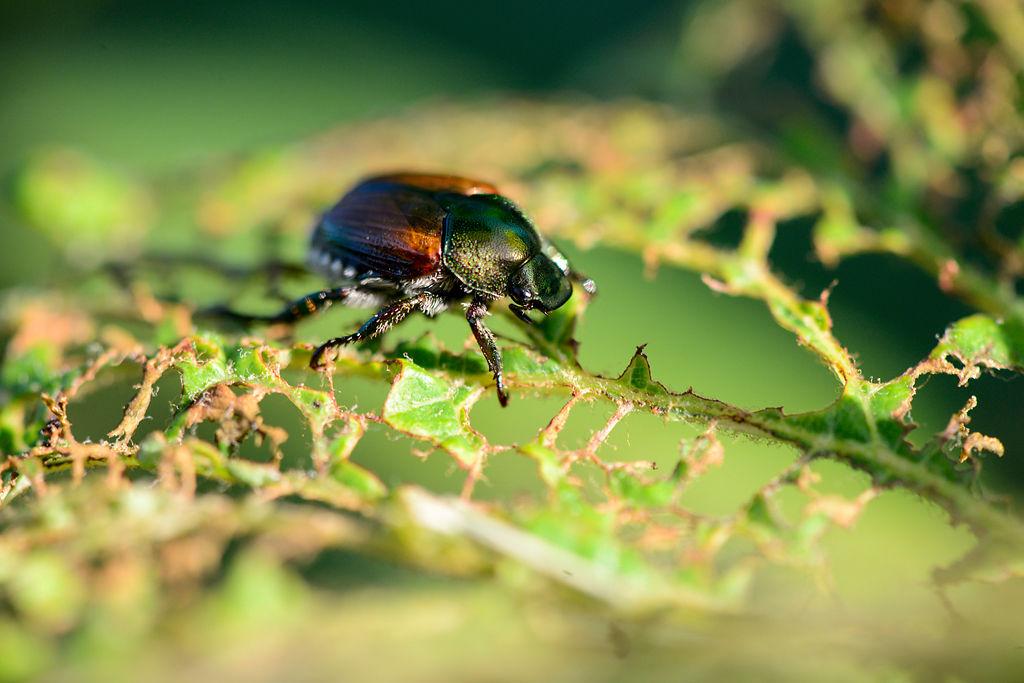
Bagging The Bug New Netting System Could Help Eliminate Japanese Beetles Agriculture Columbiamissourian Com
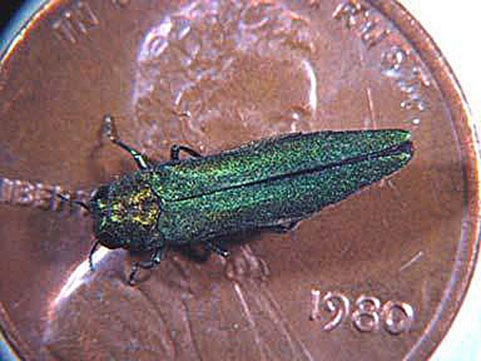
Japanese Beetles Eab Wreak Havoc On Plants Trees Outdoors Mycouriertribune Com

Japanese Beetles On Ornamental Landscape Plants Nc State Extension Publications
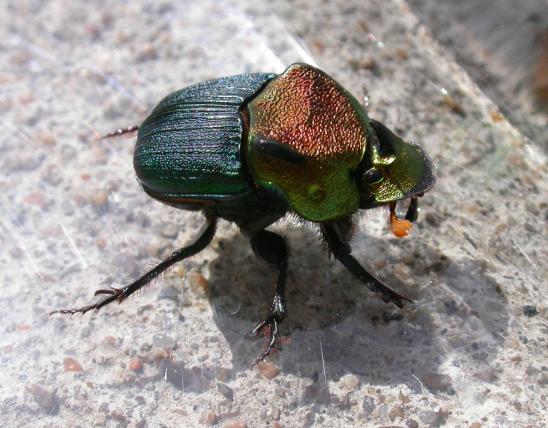
Japanese Beetle Missouri Department Of Conservation
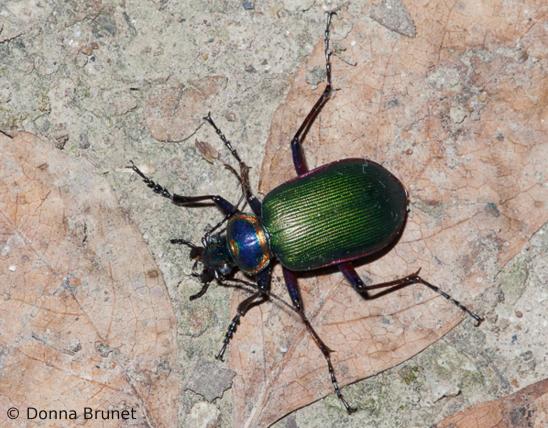
Japanese Beetle Missouri Department Of Conservation
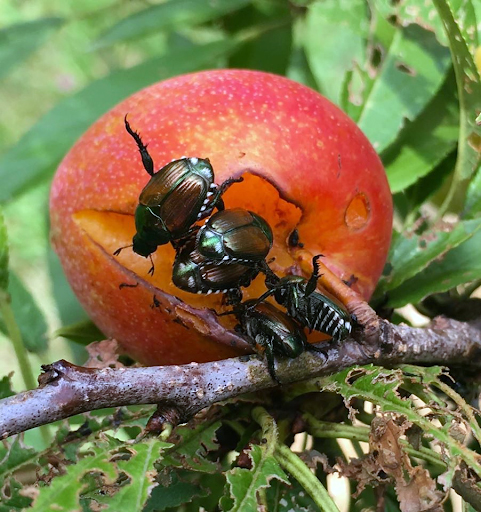
Japanese Beetles Do Four O Clock Flowers Help Umn Extension
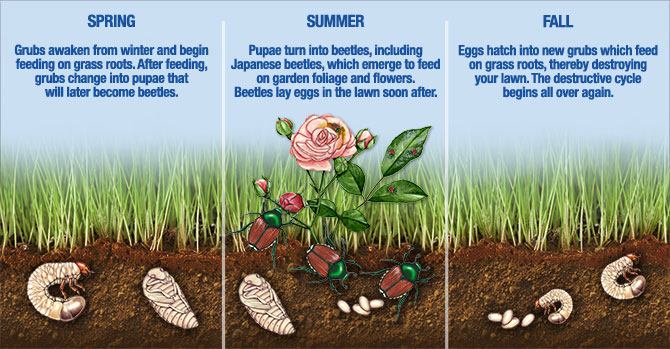
Life And Death Cycle Of Japanese Beetles
Extension Outreach Crop Sciences Department College Of Aces University Of Illinois

Japanese Beetle Missouri Department Of Conservation

Japanese Beetles Extension Entomology

Missouri Environment And Garden News Article Integrated Pest Management University Of Missouri

Japanese Beetles Threaten Gardens And Crops In Missouri Illinois


